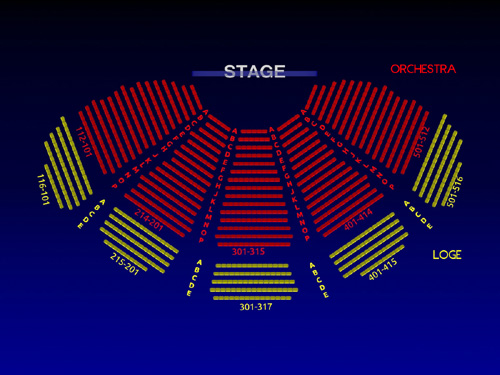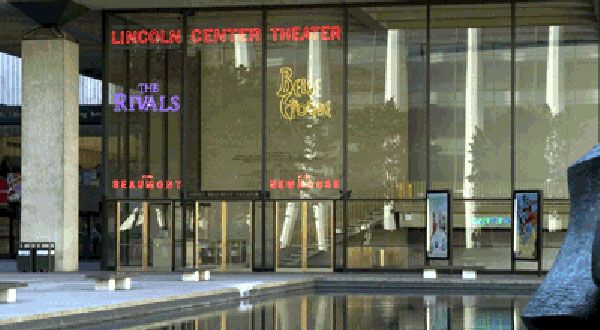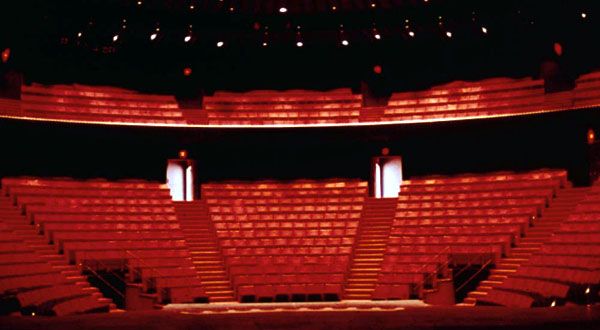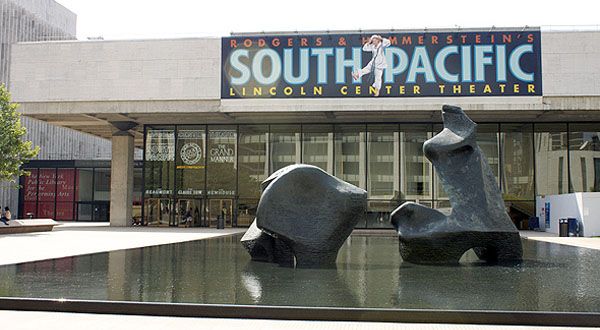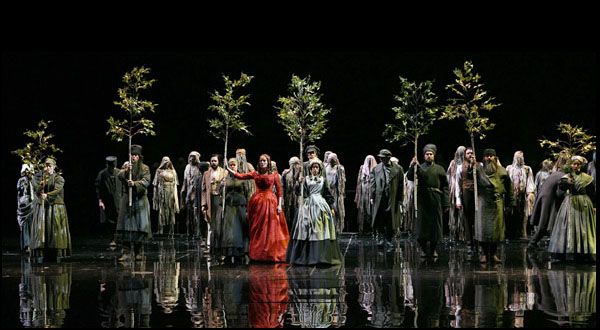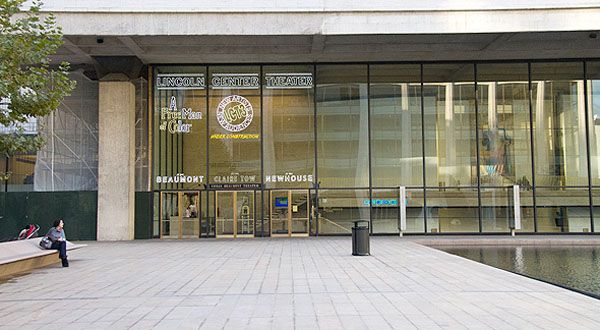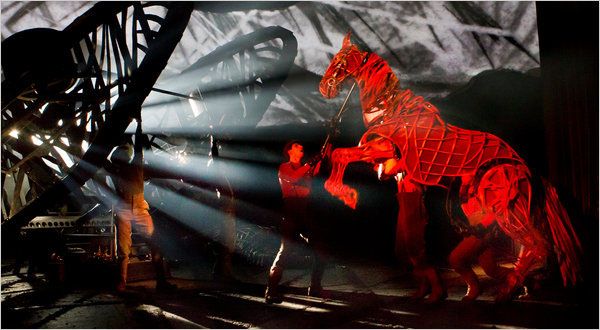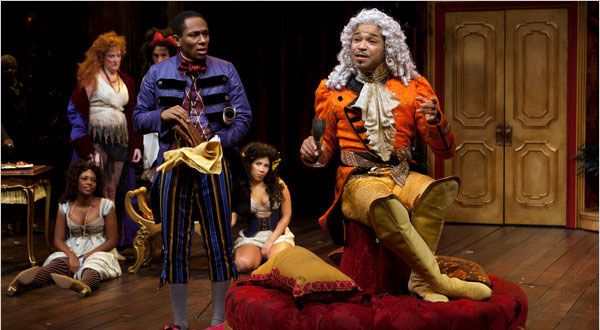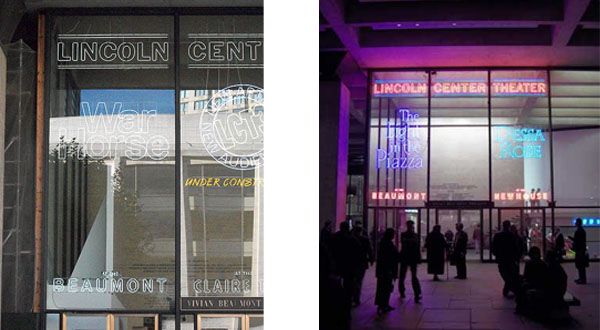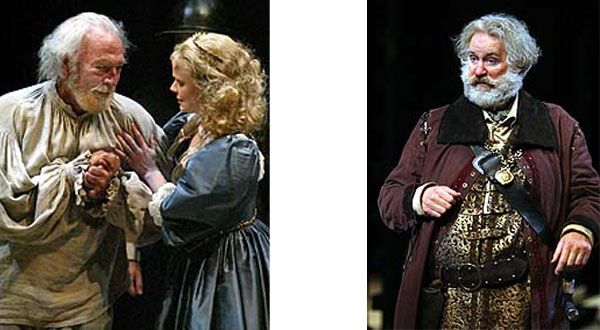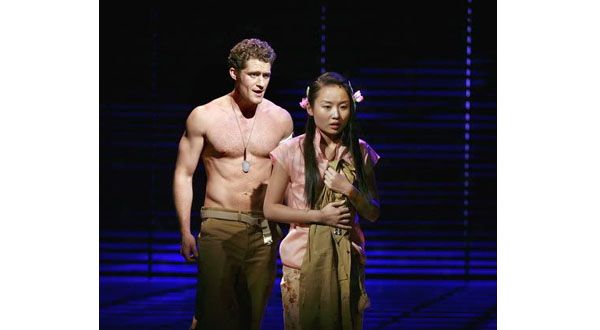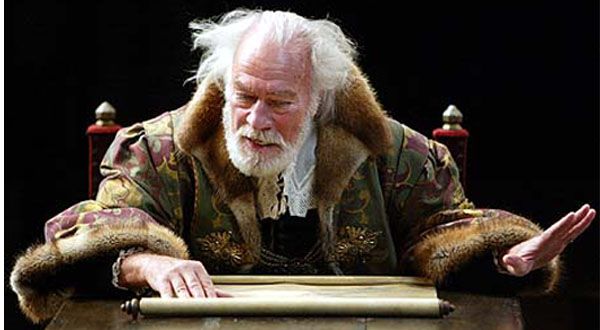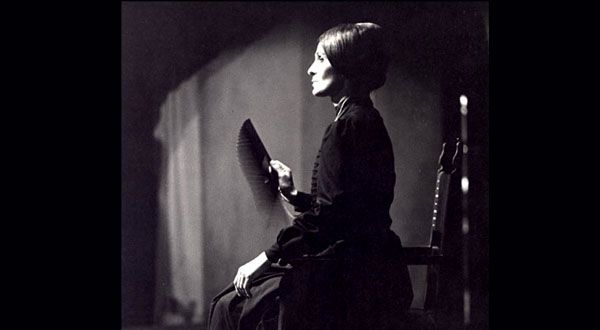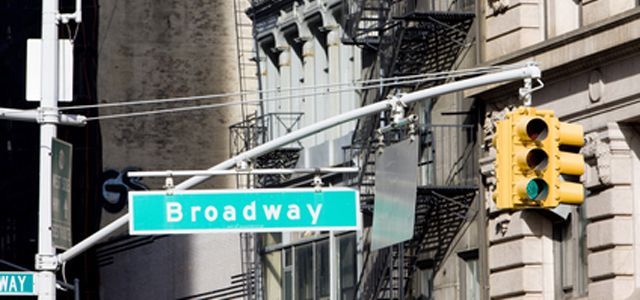The Vivian Beaumont Theatre
On October 21, 1965, the Vivian Beaumont Theatre got off to a rocky start. It was on that date that it opened with a revival of Georg Buchner’s 1835 play, Danton’s Death (with James Earl Jones and Stacy Keach). The production was not well received and for quite some time it was difficult going. But due to efforts of director Jules Irving, who served seven-years at the helm, several renovations, and the Lincoln Center Theatre’s ongoing and dedicated management, the Vivian Beaumont has progressed immensely. It is presently housing prominent Broadway shows year-round.
Challenging Start for a Happy Ending
The theatre is named after Vivian Beaumont Allen, a famous New York philanthropist who was a great supporter of New York City theatre. A former actress and inheritor of the May Department Stores fortune, she donated $3 million towards the construction of the Vivian Beaumont. The Beaumont was originally the home of the Repertory Theater of Lincoln Center, led by Jules Irving and Herbert Blau. After a negative response to their original efforts, mainly to Blau’s production of Danton’s Death, Blau resigned and Irving stayed on board. He built up the company for seven years, directing some of the greatest early productions, including the 1966 revival of Bertolt Brecht’s The Caucasian Chalk Circle.
The Repertory Theater of Lincoln Center ran for nine seasons before Irving resigned in 1972. Joseph Papp’s New York Shakespeare Festival was housed at the Beaumont from 1972 to 1977. From 1978 to 1985, the Beaumont was mainly leased to outside producers or remained unused. In 1980, under the sponsorships of the Lincoln Center Theater Company, the Beaumont reopened under the direction of Richmond Crinkley. He had the support of a five-member board of directors that was comprised of Woody Allen, Sarah Caldwell, Liviu Ciulei, Robin Phillips, and Ellis Rabb, with Edward Albee as the company playwright.
From 1981 to 1983, a $6.5 million renovation of the Vivian Beaumont led to the closing of the theatre. The Lincoln Center Theater, the venue’s current management, was created in 1985. The theatre is occasionally leased to commercial producers, such as Alexander H. Cohen and Hildy Parks, who staged Peter Brook’s production of La Tragedie de Carmen in 1983. Other highly admired shows include The Light in the Piazza and the revival of South Pacific.
Unique Design
The Vivian Beaumont Theatre was designed by the well-known Finnish American architect Eero Saarinen. He was famous for changing his style based on the demands of a project. The interior and stage were designed by one of America’s most prominent scenic and lighting designers Jo Mielziner. There was a major renovation of the Vivian Beaumont in 1981 that resulted in enhanced acoustics and improved sightlines, aisles that are less steep, updated handicap access, and a small increase in the number of seats (from 1, 143 to about 1,200). A proscenium arch was also added. Over the years, the Beaumont has undergone several renovations to improve its technical accommodations and acoustics.
The Vivian Beaumont is different than other Broadway houses because it uses stadium seating and a thrust stage. For dramatic plays, it is a moderately large theatre, and for musicals, it is medium-size.
The Lincoln Center Theater opened the Claire Tow Theater on the Beaumont’s roof in 2012. It is a new stage that presents work by up-and-coming playwrights, directors and designers.
Year-Round Quality Theatre
The Vivian Beaumont Theatre is New York City’s only Broadway-class theatre (meaning its shows are qualified for Tony Awards) that is not located in the overpopulated Times Square theatre district.
The Lincoln Center Theater has outlived all the preceding managements combined and has become America’s greatest not-for-profit theatre. The Vivian Beaumont houses a year-round program of shows for audiences to enjoy, and it is all due to the Lincoln Center Theater’s dedication.

